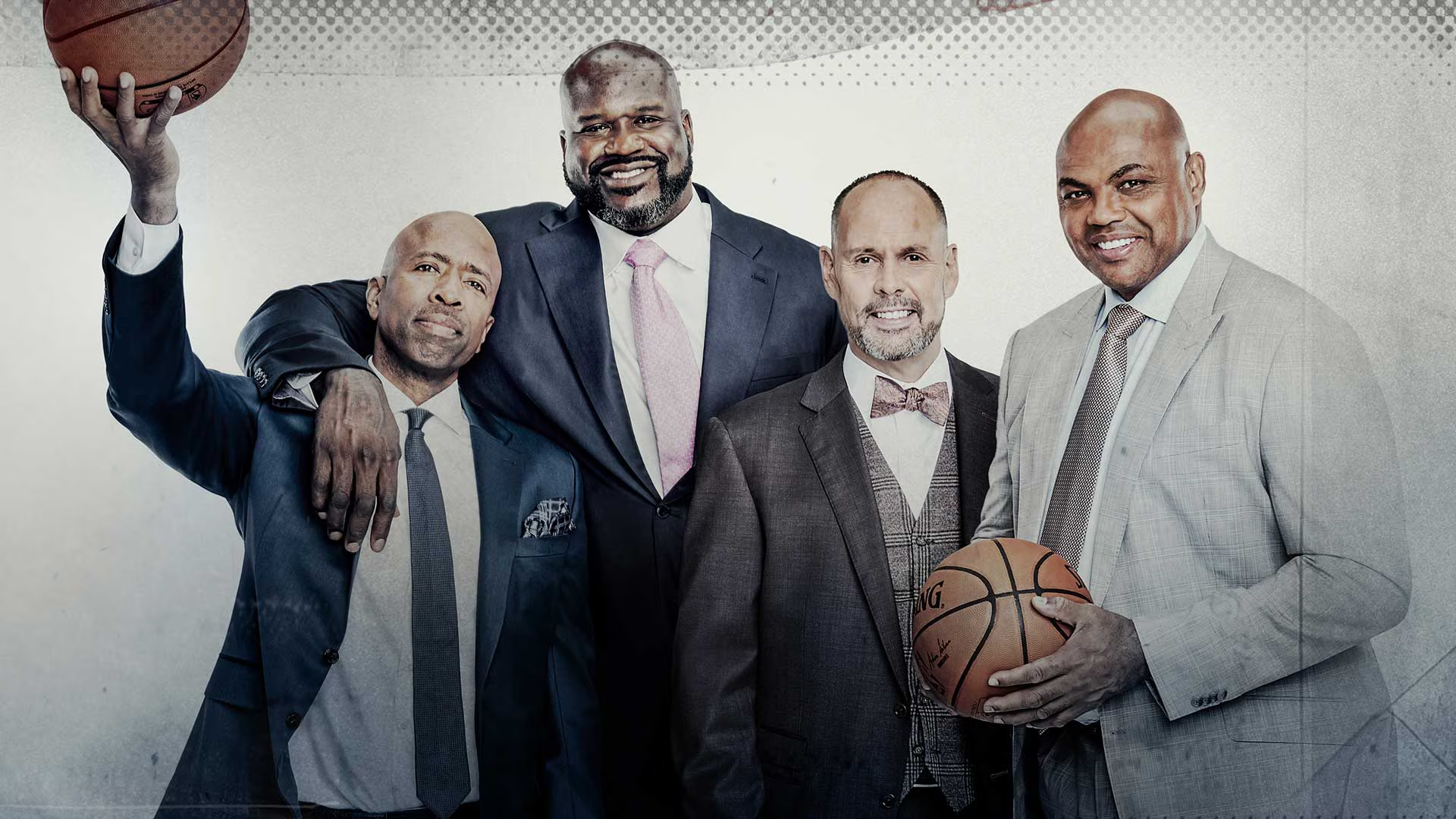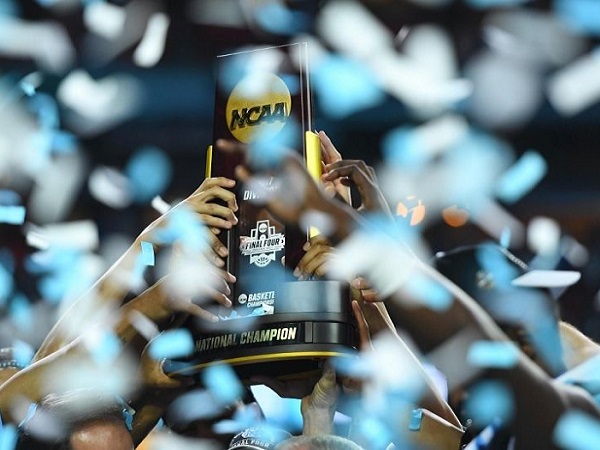With cable down and streaming on the rise, will the 5% cable tax move to internet subscription companies like Netflix, Amazon, and Hulu?
In the space between business and government there is a gap. The gap is often filled by partnership and taxes. Private-public partnerships that allow Americans to enjoy their lives without disruption. Furthermore, taxes on services that, if used appropriately, help with infrastructure.
The above scenario potentially describes the relationship between cable television providers, local governments, public utilities that provide electric power, and the consumer. In today’s environment, the entertainment, media, and sports streaming companies like Netflix, Hulu, Amazon, Peacock, Paramount+, Apple+, etc. are seeking to compliment and maybe replace cable companies. The data and analytics for consumption provide that cable subscriptions have been declining, while streaming subscriptions have continued to grow, especially internationally. Data scientists and analysts will argue that the flat and/or declining graph line of cable subscriptions is not worse only because most live sports are still cable-specific programming. Even so, there are still Americans who enjoy cable for one reason or another, which may include the fear of switching to streaming, or “cutting the cord”.
In a recent Hollywood Reporter article, the current pandemic was called into account as one reasoning for why local governments were litigating to force streaming companies to pay a tax/fee for the infrastructure and services that cities and utilities provide to help deliver content to consumers. The aforementioned has happened in parts of Europe as well and now American cities are similarly following suit. On the opposing side, the streamers have argued that digital delivery has little to no effect on infrastructure and taxes/fees are already paid for by the land they own or lease to host their servers. Pursuant to the federal Communications Act, streamers also argue that they are not like the cable distributors of old, which would subject them to the 5% tax.
Here are three questions likely to be considered during the litigation.
1. Are streamers using resources that they are not paying for?
On the one hand, streamers have to pay for the land, facilities, and required taxes to complete the digital distribution process to subscribed consumers. On the other hand, digital distribution also requires internet service, which is still delivered from internet services providers. It is the hard wire infrastructure to people’s homes that allow for WiFi. As people continue to cut the cord for cable, people are increasingly using hard wire internet infrastructure to access their subscribed streaming services like Netflix, Hulu, and Amazon. The argument the cities are using is that the increased usage of infrastructure should come at a cost, like five percent charged to cable companies. Arguably, this makes internet freedom all the more important (e.g., free Google search) because where there is less taxes and fees, there is more research and development. Research and development that can lead to digital distribution of internet service as well cutting out the need for infrastructure.
2. Are streamers the replacement for cable companies and the law just needs to play catch-up?
This is an interesting argument because streamers are either the compliment and/or replacement to cable companies in terms of content. However, cable and internet distribution are different in terms of infrastructure. Streamers can offer more content for less money to consumers because they do not have to pay for the internet infrastructure. If a tax was applied, that would guarantee to be passed to the consumer meaning higher subscription costs. Therefore, a tax on streamers would inevitably be a tax on consumers. The issue then is less about the law playing catchup and more about how innovation and how streaming services have changed how consumers consume.
3. If streamers are using resources, do they actually have value?
Internet infrastructure has value. It costs money to set up and maintain. However, internet service providers are getting paid by consumers for access. The question is should streamers pay for consumers accessing their content on the internet? In other words, should consumers be charged twice because any tax on services would be passed to the consumer? Clearly, cities need the money especially during a pandemic. However, where would cities spend the new found resources? Internet service companies pay for and maintain infrastructure. If a city is involved in infrastructure maintenance related to the delivery of services (e.g., electricity) and the city can show that they are not collecting taxes or fees for that maintenance then the city should be paid. It is unclear at this point whether that is occurring.
On-going litigation will determine the outcome. In Europe, Netflix and like companies have chalked up surcharges to the cost of doing business overseas. In China, studios and distributors are actually required to regulate content to be both Chinese-friendly and in some cases Chinese-owned or focused. What will America do? Thus far the internet has been forcibly free.























